
Design and Psychology evolution from Premium to F2P games
INTRODUCTION
In the last years a new typology of videogames, called Free to Play (F2P) have revolutionized the market. Their main strength is the gratuitousness with which are offered to the player, for this reason their audience is almost unlimited.
Conducting a superficial analysis, the design of the F2P videogames seem very similar to the normal design used in the standard selled games (called Premium), but analysing more deeply the design and the psychology pattern behind the F2P games, some enormous differences emerge.
The game designers are the developers that are more influenced by the transition from Premium to F2P games, as they have the duty to solve a big problem:
“earn a lot of money from a game offered for free”.
With the birth of F2P games, the design process has changed, as the game mechanics are merged with psychological and economical techniques, inside a core loop that leads the player to spend a lot of money.
In the following paragraphs I demonstrate that the design of the F2P is often more complex and various compared to the design of the Premium games.
METHOD
The method used to conduct the research is based on the following cyclical process:
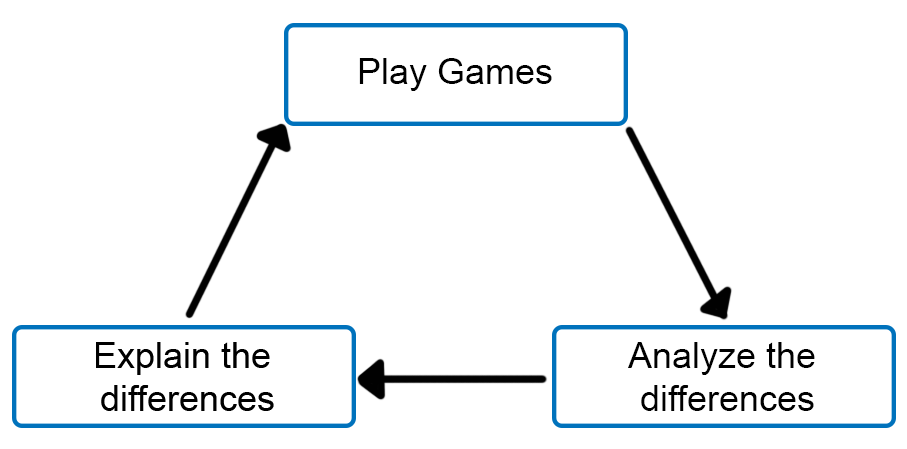

- Play Games: both F2P and Premium.
- Analyze the differences
- Explain the differences
To make the research accurate and reliable, the games that I have played are of different genres.
The classification in this paper is related to November 2017, if in the future will occur some changes in the Free to Play’s world, I will propose an updated version of the paper.
The research method used allow anyone to reproduce the analysis that I conducted, so that there are no particular obstacles for those who wish to undertake further researches, confirming or disproving my thesis.
RESULT AND DISCUSSION
From the conducted analysis, some design and psychology differences have emerged, that the game designer applies only into the F2P and not in the Premium games.
Misleading UI:
- Definition:
A Misleading UI, it’s a user interface that leads the player to perform the actions wanted by the developers, thanks to tecniques that are not easy to recognize. - Misleading UI in the F2P games:
The UI is a fundamental part to earn money, so with a single tap on a button it makes the developers earn money, multiplying the earnings for million of developers, the final earnings can be very high.
While creating a Misleading UI the game designer had to consider that the players must be respected, because they leave a game with a exaggerated misleading UI, so they feel deceived and betrayed.Frequently used techniques to create a misleading UI:- Position of the elements:
The UI elements based on their meaning, are positioned in the comfort or discomfort areas of the screen. If the developers want to lead the player to tap on a specific button, they position it on a comfort area, otherwise they position it on a discomfort area.
The buttons positioned in a comfort area, reduce the effort requested to tap, and the player tap on them more frequently.
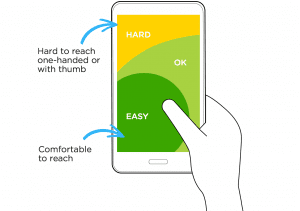


- Color psychology:
Thanks to colors, the developers transmit different emotions to the player in a unconscious way.
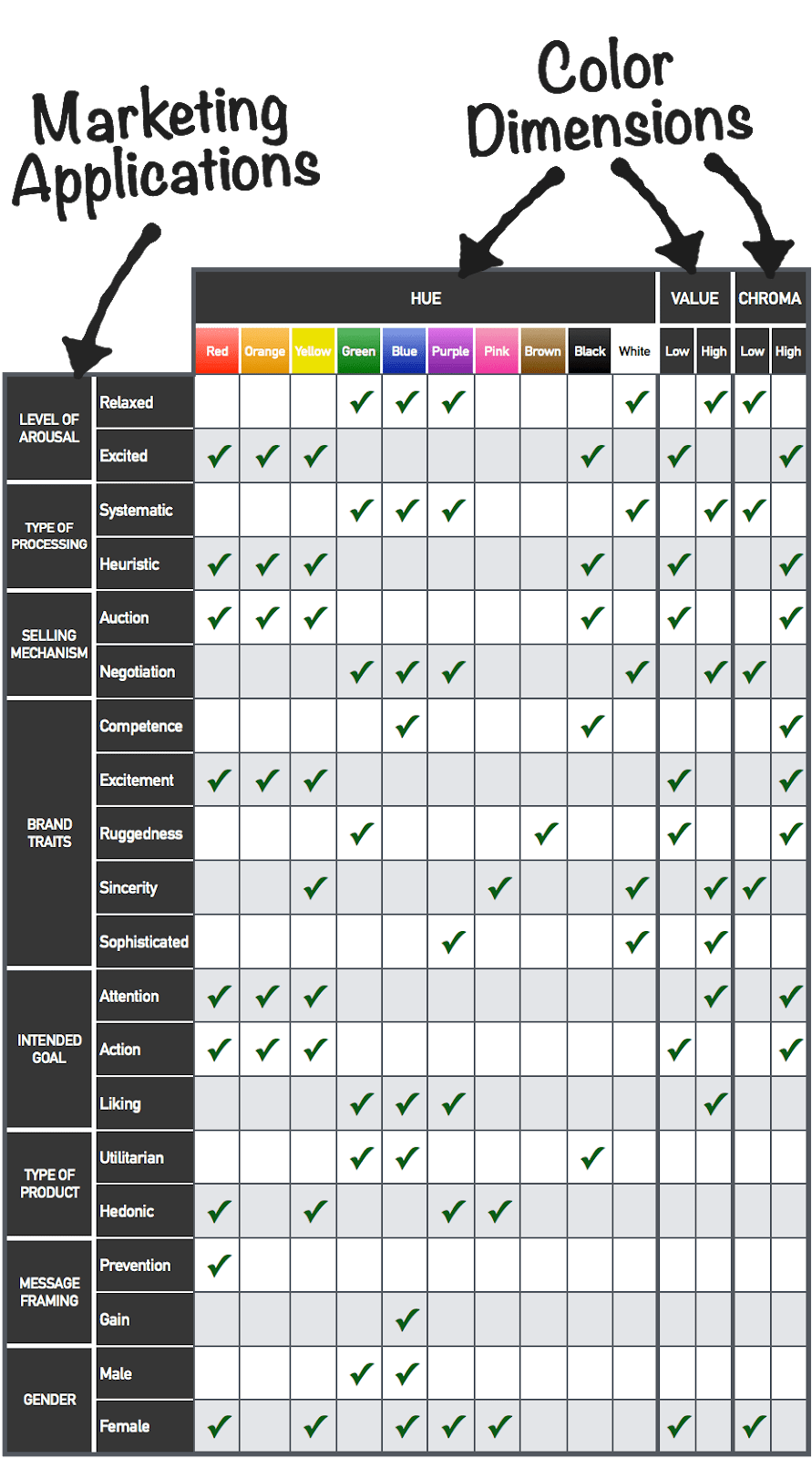
- Invert colors:
This technique is used with the previous one (Color Psychology), to lead the player to perform specific actions using buttons of “Kind” colors even if the action is not a good moral choice.In the following image, the button to buy an element (not a sure action) is green, the color that transmits security and prudence to the player, instead the button to exit from the buy screen (sure action) is red, the color that transmits a sense of danger.

- Element dimension:
The dimension gives a different weight to the UI elements, for example the buttons that allow to buy are bigger than the buttons that allow to refuse the purchase(look the previous image).
- Position of the elements:
- Ui in the Premium games:
Usually the UI is not misleading because the objective of the game designer is to make a simple and accessible UI, respecting the game context.
This choice has a purpose, because the player has already spent his money to play the game, so the developers do not want other money.

Resources Limitation:
- Definition:
Limit the resources the player uses to play, to establish the length and the ratio of the game sessions. - Resources limitation in F2P games:
Some F2P games eliminate the player’s liberty of play, inserting mechanics that force him to stop the session because he has finished the resources. The player has to wait a specific period of time to play again, or he can spend money to reduce the waiting time and play immediately.
The psychology behind the resources limitation is called Hedonic Adaptation, that lead the player to be continuosly unsatisfied because the game becomes less boring in the long period.
An experiment was accomplished and a group of people was divided in two other groups, the first one ate chocolate for two weeks, the second one never ate chocolate. After the two weeks, some chocolate was offered to the people, the people of the first group refused the chocolate because they ate it too much, the people of the second group ate it very gladly.Typologies of Resources Limitations:- Meaningful resources: to limit the resources that have a endogenous value in the game. For example lives, money and gems.
- Resources Limitation in Premium games:
There are not Resources Limitation in the Premium games, as the player has bought completely the game and he has the right to play it how and when he wants.Some F2P games permit to the player to buy the entire game to eliminate the Resources Limitation, transforming the game from F2P to Premium.
Disproportional Feedback:
- Definition:
The Disproportional Feedback is a sensorial output which more emphasized compared to the normal ones, it’s present in the reality. - Disproportional feedbacks in F2P games:
The F2P games use the Disproportional feedbacks like the slot machine, because they have the same objective: to keep the player engaged for long sessions and push him to spend some money in the game.
The disproportional feedbacks effectively stimulate the human brain because they have complex reward circuitry that can easily be triggered by an influx of pleasing feedback. The bigger are the disproportional feedbacks the bigger will be the generated pleasure of the player.
All of the most famous F2P games are catchy and pleasant to play thanks to the disproportional feedbacks.Tipologies of Disproportional Feedbacks:- Text:

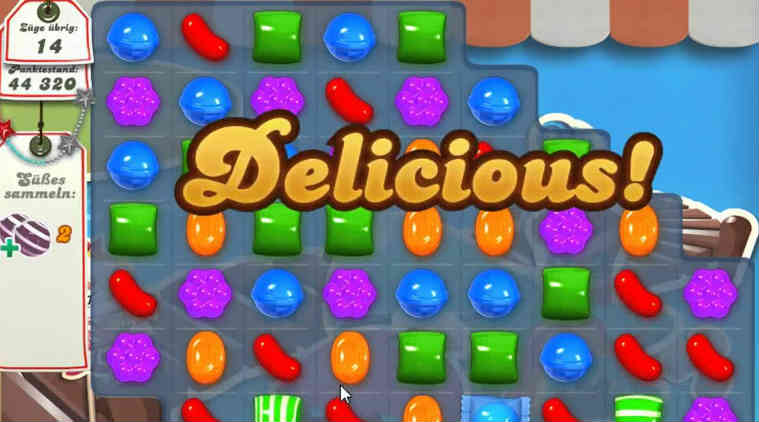
- Particle or VFX:
https://youtu.be/B5woDlU6j8o?t=136 - Audio:
https://www.youtube.com/watch?v=9B9nm15b2mM
- Text:
- Disproportional feedbacks in Premium games:
They are inserted in the game only when the developers want to emphasize some aspects of the game world.
Example: the sounds of the enemies’ steps have a higher volume than the sounds in the real situation, as the player can easily predict the enemies’ actions.
Court the player:
- Definition:
Mechanics that have the objective to create an emotional link between the player and the game. - Court the player in F2P games:
As the F2P games are freely offered, the players have a very low tolerance level and they are more likely to abandon the games very quickly if they are not satisfied.
The mechanics that court the player are used as support of the main mechanics, to create an emotional link that keeps the player into the game and pushes him to spend money in it.
The psychology motivation behind this mechanics is called Ego Deplation, that permits to slowly wear down the reserves of self-control, making it that much more likely that the more we play, the closer we’ll come to making a purchase. They capitalize on the finite nature of our willpower by continually surfacing or making purchase options omnipresent.Tipologies of court the player mechanics:- Daily-Login reward
- Kind and empowerment reinforces
- Sales
- Temporary challenges and objectives
- Disproportional feedbacks in Premium games:
The court in Premium games is not made with the game mechanics but it is made with marketing techniques applied before and during the games launch, to lead the player to buy the game even if he did not try it.
Reciprocity:
- Definition:
Mechanics that have to lead the player to make benevolent actions towards the developers. - Implementazione nei giochi F2P:
The Reciprocity in the F2P games is the player’s innate gratitude to the developers, because they give to him a game completely for free.
The Reciprocity is combined with the previous technique (Court the player) to emphasize the emotional link between the player and the game.Tipologies of Reciprocity mechanics:- Rank us screen:
A screen is showed in which the player can rate the game. This proposal is often showed after a good action performed by the player(for example beat the record), so his happines level is bigger and the rating is better.

- Social synchronization and invitation:
To push the player to synchronize the game with his social friends list, and invite them to play.
In exchange for these actions, the player is rewarded with bonuses (for example money or gems) to stimulate him much more.

- Follow us:
To push the player to follow the developers on their social channels to remain always updated about their new updates and games.
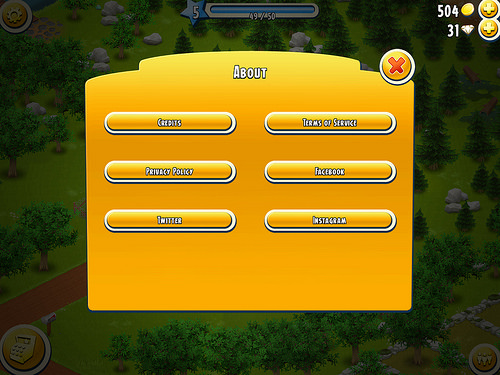
- Reciprocity in Premium games:
There is not Reciprocity in the Premium games, as the player has to buy the game to play it.
There is a fair exchange and there is not an innate gratitude in the player as the game is not freely offered.
- Rank us screen:
From skill to money:
- Definition:
To Force the player to spend money to advance in the game, because the proposed challenges are too difficult compared to the reachable player skill level. - From skill to money in F2P games:
The F2P games in which there is this technique, start being skill based, as the player is rewarded based on his skill.
Gradually the game is transformed in money based, forcing the player to spend money.
This technique is the most important earning source of many F2P games, as the player remains in the Game Flow also when it is money based, he becomes a Whale, a particular player that spends hundreds or thousands of money into the game.
This technique is very difficult to insert in the game because the developers have to hide it very well, as when the player recognizes that the game is too much money based, leaves it because it is not fair.Techniques to pass from Skill to Money based:- Gating: specific point in the game in which the player has to spend money to advance.
- Grinding: force the player to obtain a specific number of resources to advance in the game. The resources can be bought to speed up the grinding actions.
- From skill to money in Premium games:
The challenges in the Premium games are proportionate to the skill level of the player and the game never become money based.
Fun Pain:
- Definition:
Action in the game that are simultaneously entertaining and a little bit annoying. - Fun Pain in F2P games:
This technique is used very frequently in F2P games, so that the definition itself is created by Roger Dickey, the game designer of Zynga, the software house that has developed FarmVille.
Taking FarmVille as an example of perfect Fun Play Design, the player has to tap continuously on the plants to sow and gather them to receive rewards.
A long Fun Play generates a boring state in the player, this permits to insert into the game some buyable pain-reducing items, that reduce the boring actions and make the game much more fun and entertaining.Techniques of Fun Pain:- Create identical interactions for every action in the game.
- Force the player to perform the same actions for an high number of times.
- Fun pain in Premium games:
In the Premium games this technique is used to create the grinding situation, where the player has to perform for a long period of time a limited number of actions to receive a reward.
Often the grinding actions are secondary or self objectives which are not fundamental to complete the main ones.
Alea control and randomness:
- Definition:
It Is the player’s sensation that leads him to think to have the ability to control the totally randomic events. - Alea control and randomness in F2P games:
Developers know that a completely predictable game is no fun to play, and that’s why they make their games unpredictable.
The most impredictable mechanic used in games is the dice roll, where the players think to have the control on the results of the dices, based on the how they perform the rolls.
In psychology, this is known as a variable ratio reinforcement schedule called Gambler’s Fellacy, the very same process that keeps people sitting in front of slot machines all day.For example Candy Crush is essentially a game of luck, their success is dependent on the array of colours you have randomly been given rather than your swiping skills.
This means that the reward schedule becomes unexpected: we lose more often than we win and we never know when the next triumph will come.
Rather than discouraging us from playing, this actually makes the game even more enticing than if we won easily.
You can never predict when you’re going to win, but you win just often enough to keep you coming back for more.Techniques of Alea control and randomness:- Random system that form the game
- The player has to perceive that the game is not total randomic but also skill based.
- Alea control and randomness in Premium games:
The mechanics based on the Alea are used as an addition to the main mechanics to create a more impredictable game, but the game often remains skill based.
Price Shrouding:
- Definition:
Obscuring pricing information about a product. - Implementazione nei giochi F2P:
In the F2P games this technique is used to prevent that the player is able to accurately gauge the cost of the buyable elements, ensuring that the actual cost remains a very fuzzy concept keeps consumers naive and spending.Techniques of Price shrouding:- Currency as money: the player spends money more easily if there is an element that reduces the pain of spending. An everyday example is the credit card that is an excellent element that reduce the pain, because the people do not touch the money when they spend them. In games the currency is used like a credit card with virtual money to spend.
- More than one currency: this technique is used to confuse the player on the price of the game elements. The developers uses 2,3 or 4 currencies to create complex game economies that push the player to spend money.
- Price Shrouding in Premium games:
- The Price Shrouding in Premium games is not used very frequently because these games often does not have In App Purchases.
REFERENCES AND BIBLIOGRAPHY
https://www.huffingtonpost.com/joseph-farrell/the-fascinating-psycholog_b_6076502.html
http://www.online-psychology-degrees.org/mobile-gaming-addiction/
https://kottke.org/16/07/the-behavioral-psychology-behind-freemium-mobile-games
http://www.psychguides.com/interact/the-psychology-of-freemium/
https://www.theguardian.com/science/blog/2014/apr/01/candy-crush-saga-app-brain
https://www.theguardian.com/technology/2014/may/21/candy-crush-angry-birds-psychology-compulsive-casual-games-mobile-flappy-birds
https://blog.proto.io/how-to-design-a-mobile-game-so-addictive-its-almost-irresponsible/
https://www.youtube.com/watch?v=kORDVsYYJpg
https://www.gamasutra.com/blogs/RosstinMurphy/20130613/194315/Tamagotchi_FarmVille_and_quotFun_Painquot.php







